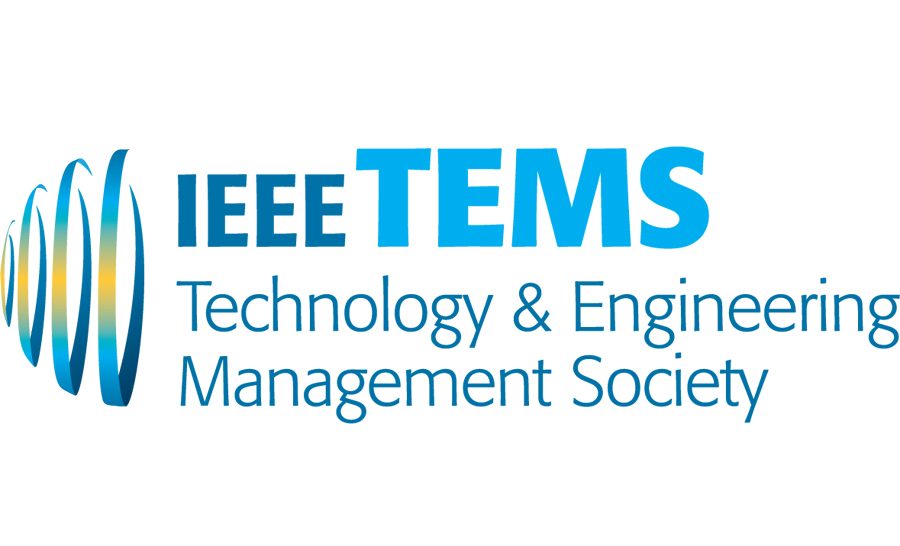“Customer is King” might sound cliched but they are the sole reason for the existence of any company. Businesses build lasting relationships with their customers based on the value they create and the problems they solve. Customer delight is essential success criteria for both large businesses to new startups and to every type of company in between. Product managers have to ensure that Customer centricity is paramount in every decision they make during the value creation and delivery.
I have the good fortune of experiencing Product management in large technology companies to being a founder and working on both successful and not so successful startups. My experience over last two decades shows that you can change the strategy and fortunes of your company by keeping close proximity to your customer — the one who pays and consumes what you create. I have seen broadly the following important phases where customers can be a driving force.
1. Validation during early stages of your business:
Irrespective of your size or stage of your company, you need to be speaking to your customers early on. This is important to validate your assumptions and get insights into the problems you are solving. Product managers tend to be more arm chair and assume that they have found the magic potion to the problems. This often leads to disaster, when the product reaches a market and is rejected by customers.
In my experience with my first startup idea, I worked on for several months with assumptions and solutions based on the technologies which I felt were must for solving the problems. This was in the area of analytics for telecom service providers. I had to pivot my idea once I met the right “people” in customer organisation to realise that they were not looking at solving the problem and hence my solution is not relevant for them. I realised that the same solution was relevant in a different market and took a pivot.
2.Co-creation of products and solutions
As mentioned earlier, one of the competitive advantages you can create is your customer proximity. The closer you are to your customer, deeper is your understanding of the problem and you will have an internal champion on your side. Many times this proximity creates opportunities to Co-create products and solutions, as the customer have the confidence in your abilities and provide your sufficient information to solve their problems. Customers also provide sandboxed environment to try the solutions, technical expertise and act as testers for the solution. This is a sure shot success formula as the user is on your side finding solutions. Contractually this is the best solution with the pilot/lead customers and you should look for a win-win commercial.
We had a very close working relation with a leading e-commerce venture and they gave us sufficient feedback on the product and showed how we could fix the problem in their system. We co-created a product which once completed was in demand with other e-commerce companies as they had the same problem. We shared the risk and made the solution at very little cost for the partner customer and made revenues out of others. The caveat is that there are risks in this model with intellectual property ownership and revenue share, but this has to be handled contractually and with skilful negotiations.
3.Being brand ambassadors
Product manager’s responsibility is not just in creating products but also to generate profitability around the product. The work goes beyond processes and practices, and more into softer aspects of brand and customer relationships. Customers are the best brand ambassadors and if they can speak on your behalf to other customers or investors or even with a testimonial it adds a lot of weight to the product. However, it’s not easy to get this endorsement, it’s a craft product managers have to learn and maintain. It’s a small world in business and word spreads fast.
4.Extending shelf life
Product managers have to manage not just new products but also the cash cows and end of life products with the same focus. The most challenging aspect is to manage products who have peaked on the product life cycle and need a shelf life. It’s difficult to invest into products in this phase and business decisions become extremely important.
I had the good fortune of handling such products in my career, where the products were extremely successful in the market for several years as cash cows and facing the end of life. We made an interesting strategy of investment and product roadmap based on Lead customers. We identified customers globally who will have an investment in this space for next few years (emerging economies) and worked out an agreement of Lead Customers with them. They get to define the product roadmap with a commitment of business of certain volume in a time period. This gave product managers a definite and clear strategy backed by customers and the product got its shelf life.
Smart product managers should also utilise this opportunity to add innovations that can be bundled with customer feedback but delight them too.
Product managers are intrapreneurs and they need to share the responsibility of customer engagement with sales and account managers. The relationship with customers will enable relevant innovations, product roadmaps and early validations. We should also not forget the value of customer testimonials which can boost the business.
If you are a product manager, do a reality check : When was the last time you met your customer ?










Add Comment